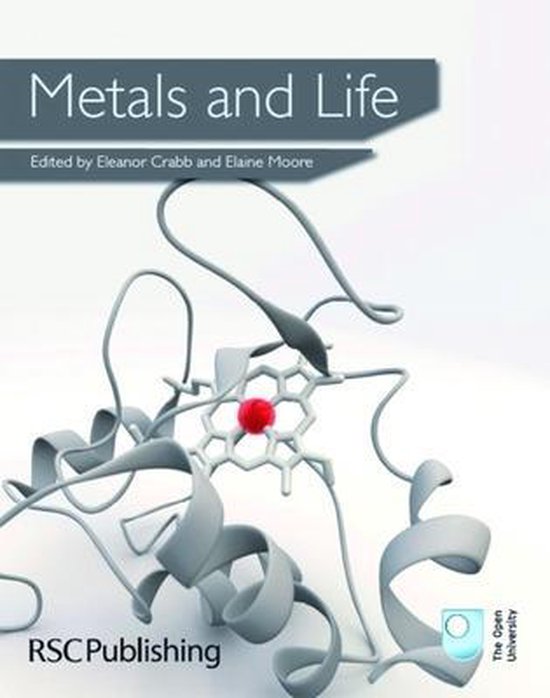An introduction to the metals essential to life and ligands of biological importance including the uptake of metals, their transport and storage.
This teaching text provides an introduction to the fascinating area of bioinorganic chemistry, examining the role that metal ions and their complexes play in the physiology of animals and plants. This topic is an important part of any undergraduate course in inorganic chemistry. The book begins with an introduction to the metals essential to life and the idea that the vast majority of these occur coordinated to biological ligands, such as amino acids in metalloproteins. It then considers how metal ions are acquired by organisms, illustrated, in particular, with the uptake of iron by bacteria and plants, before moving on to discuss how metal ions are transported within an organism, including the use of ion channels and pumps. How organisms store metals is also covered, as well as the mechanisms involved in the growth of teeth and bone in a process known as biomineralisation. The book finishes by looking at the key roles that metals and their complexes play in biological processes, for example in respiration and photosynthesis. A final chapter (delivered online on an associated website - see below) considers metal toxicity and deficiency as well as the role that metals play in medicine, in both diagnosis and therapy. A basic knowledge of inorganic chemistry, especially coordination chemistry is assumed, together with an appreciation of the techniques used to characterise metal complexes and proteins. The material in this book is designed to be used either as part of an undergraduate chemistry programme, or for self-directed study. Learning is facilitated through various key features, including: -in-text questions with answers -full-colour diagrams -revision exercises on the associated website (www.rsc.org/metalsandlife) This book was written as part of the teaching material for the Open University course, S347 Metals and Life. An associated book, Concepts in Transition Metal Chemistry also published by RSC Publishing, provides the necessary background in transition metal and coordination chemistry.
